Summary
- Samsung’s Galaxy S25 Edge is ultra-thin at 5.8mm and is significantly lighter than the Plus despite having the same 6.7-inch screen.
- Putting a case on a thin phone like the S25 Edge provides solid protection and grip without making the phone excessively bulky.
- Samsung’s move with the S25 Edge hints at a potential future trend in sleek, thin smartphones.
When Samsung announced an ultra-thin version of its flagship Galaxy S25 last week, the S25 Edge, my excitement instantly kicked in. The “Edge” moniker has long been associated with Samsung’s curved displays, but now it signals a return to the era when phones were becoming increasingly thinner. It reminded me why I’ve always liked thin phones—they’re the perfect kind to slap a protective case on.
The Samsung Galaxy S25 Edge Is Sleek, Slim, and Gorgeous
At a thickness of only 5.8mm (without the camera bump), the Samsung Galaxy S25 Edge is one of the thinnest phones on the market today. It’s a little under 20% (or 1.4mm) thinner than the standard Samsung Galaxy S25, a difference that you’ll definitely feel.
Oh, and did I mention it packs the S25+’s 6.7-inch screen instead of the standard S25’s 6.2-inch, while also being 27g lighter than the Plus? It’s both large and thin—the perfect combo for a daily driver smartphone if you ask me!
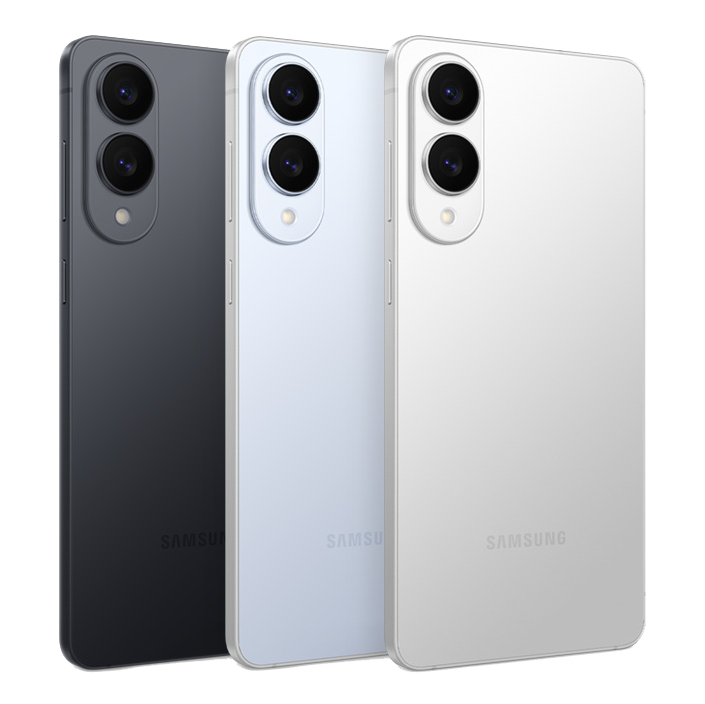
Samsung Galaxy S25 Edge
Samsung’s latest flagship phone provides the company’s bleeding-edge technology in a slim form factor. If you pre-order the Galaxy S25 Edge directly from Samsung, you’ll get $50 in credit and a free upgrade to the 512GB model.
Surprisingly, though, the Edge isn’t even close to being the thinnest Android phone ever made, not by a long shot. There have been several phones that were significantly thinner than the S25 Edge, a good example being the 2016 Moto Z. It was only 5.2mm thick, but that was in order to support modular, MagSafe-style accessories on the back.
Cases Turn Big Phones into Bulky Bricks
While people don’t seem to care much about the S25 Edge, I do. I still look back fondly on the era when phone makers were locked in an arms race to release the thinnest, sleekest flagship devices with high screen-to-body ratios.
Unfortunately, that race eventually shifted toward packing in as many cameras as possible, which most users realistically try once and then never use again. To accommodate these additions, phones started getting thicker again, gradually turning back into bulky bricks.
One positive side effect was larger batteries, but the added bulk was the exact opposite of the sleek, futuristic “piece of glass” smartphone I always wanted—the kind you’d see in an episode of Black Mirror.
When you add a protective case with reinforced corners to an already large and thick phone, it becomes prohibitively heavy and difficult to carry in a pocket. Although I have large hands and love big screens, I still prioritize pocketability above all else.
For example, my father-in-law’s Samsung Galaxy S22 Ultra with a thick case was about 1.5 times heavier and thicker than my trusty old Realme X2 Pro. I could never imagine carrying such an enormous phone in my pocket, especially now when something like the S25 Edge exists.
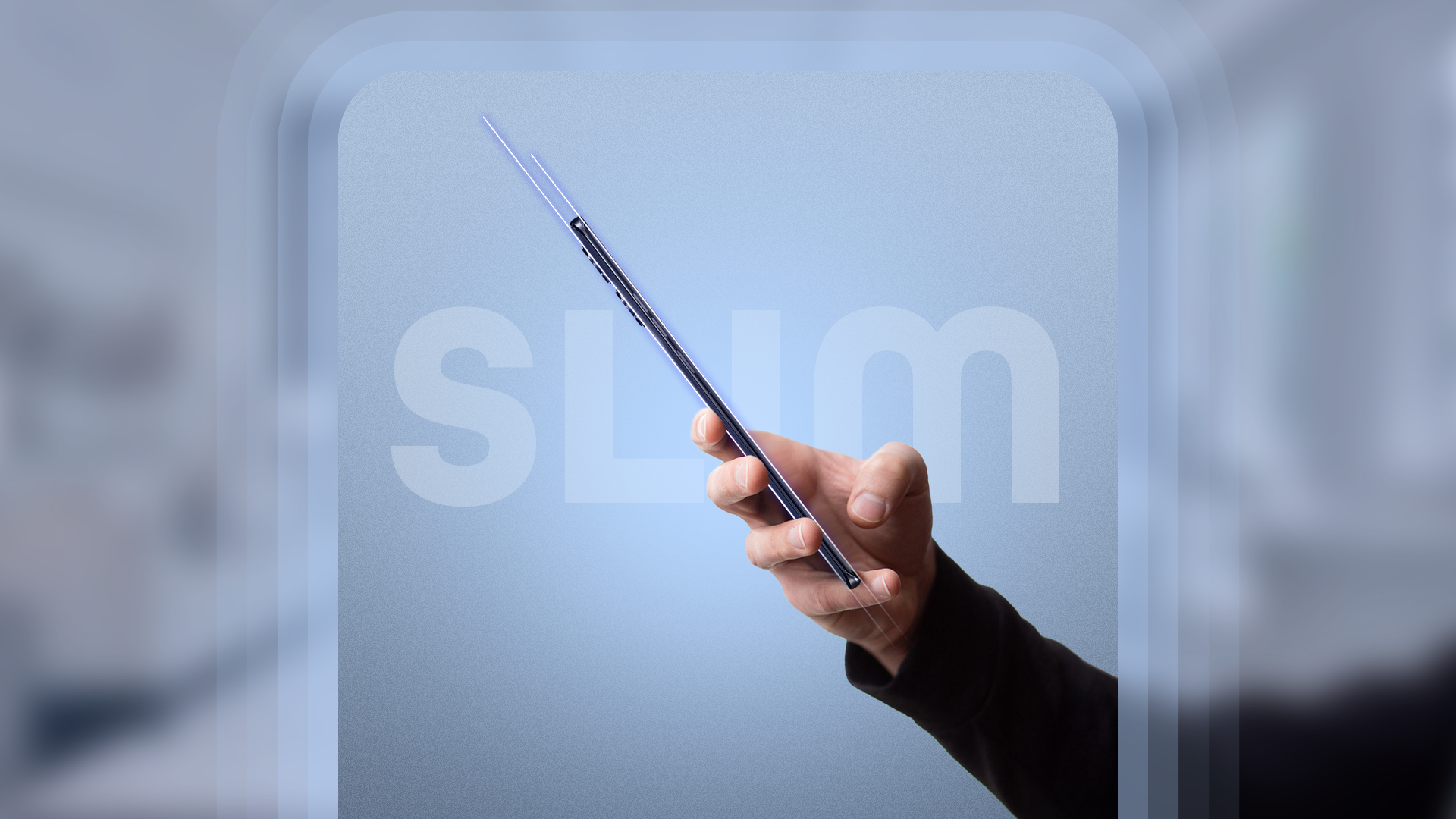
Related
We Don’t Need Slimmer Phones, But You Might Want One Anyway
Phones are finally fun again.
Extremely Thin Phones Are Perfect for Cases
Let’s face it: numbers don’t lie. A 2017 survey found that 79% of smartphone owners in the US use a protective case. With phone prices continually rising, it only makes sense to protect your investment, which is why I suspect that percentage has only increased since then.
I’m especially excited about the prospect of having an ultra-thin phone because it means I can finally use a case without turning it into an enormous, hardly portable semi-tablet that can’t fit into my pocket.
A case is a must-have for me, as I drop my phone far too often to go without one. In fact, my phone recently survived a rough ride on the hood of my car thanks to its protective case.
Beyond protection, I love cases for the rubberized grippy surface they provide. It offers a secure grip and adds some bezel thickness to prevent accidental palm touches on the screen.
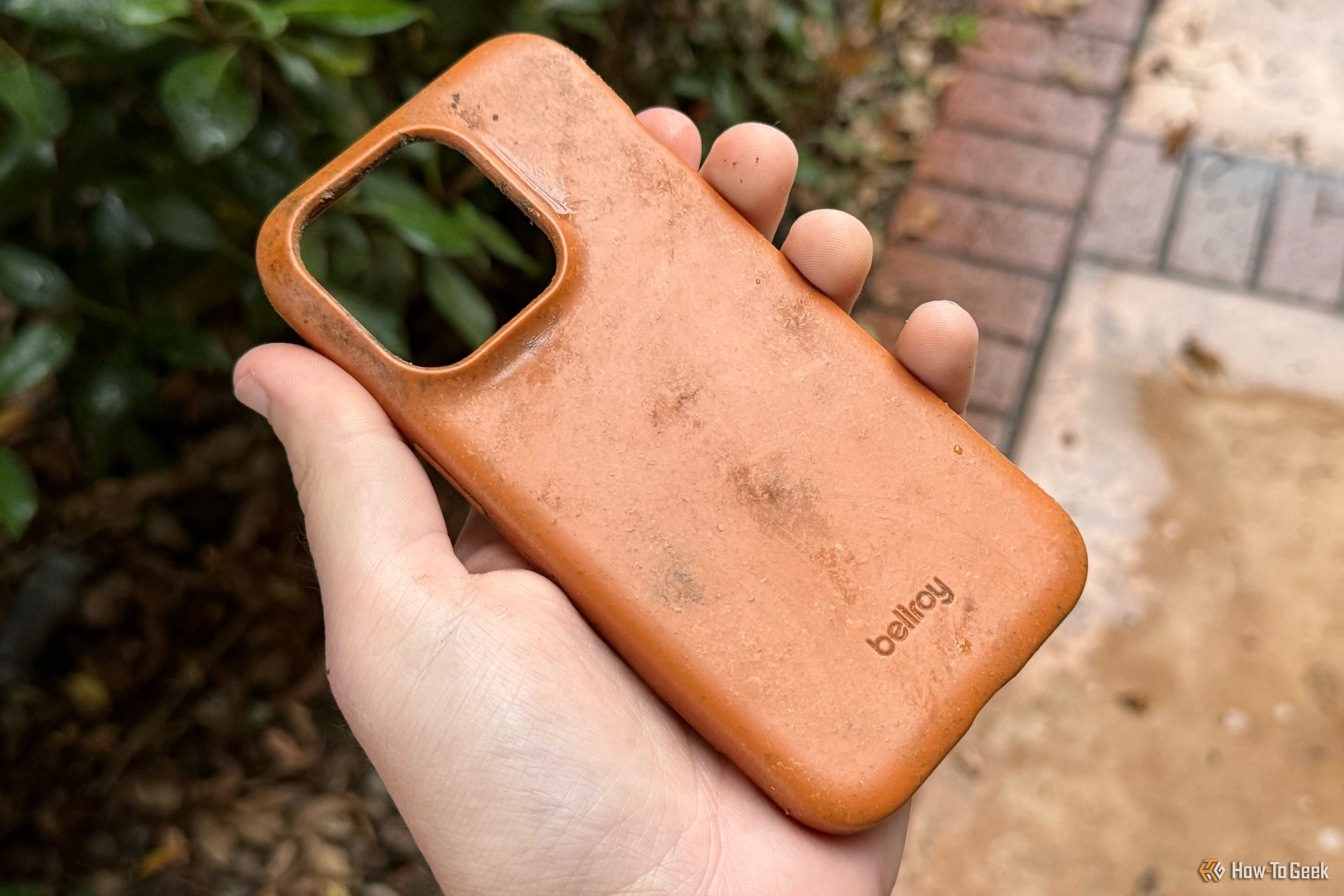
Related
Get a Grip, Phone Cases Aren’t Just for Protection
Maybe I’m clumsy, but at least I’m carefree.
A New Era of Thin Phones Might Be Around the Corner
Samsung likely released the Edge now to get ahead of Apple’s rumored iPhone 17 Air. If Apple embraces an ultra-thin design, others will follow suit. Of course, I’m quite excited about a potential resurgence of sleek smartphones that I could slap cases on!
Battery life might be a concern for some, but for me, it’s not. With advancements in battery technology, like silicon-carbon, achieving solid battery performance in razor-thin devices is becoming more realistic. After all, the S25 Edge’s battery is just 100mAh smaller than the standard S25’s 4,000mAh.
It’s also worth noting that MagSafe cases for Android phones are now fairly widespread—there’s already a MagSafe case available for the S25 Edge. MagSafe opens the door to modular add-ons, such as hot-swappable battery packs, which could extend the S25 Edge’s battery life when you need it.
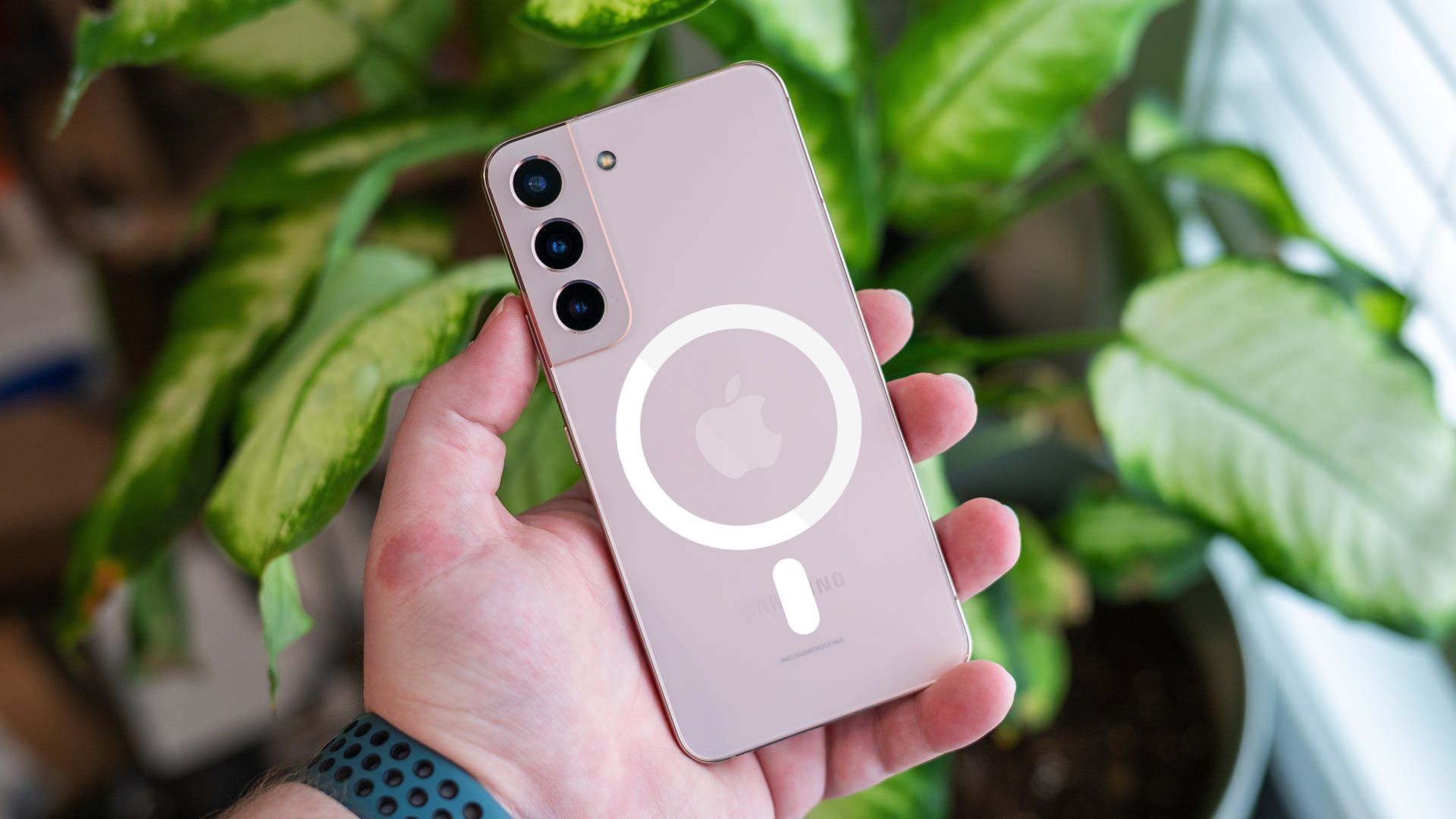
Related
How to Add MagSafe to Android Phones
You don’t need an iPhone to enjoy MagSafe chargers and accessories.
MagSafe accessories could be the perfect compromise: They let you carry multiple battery packs only when you need them. Your phone remains slim most of the time (even with a case), and when you’re traveling or need to use your phone extensively, the battery packs are ready to use. While it might seem less convenient than simply having a large built-in battery, that’s a trade-off I’m more than willing to make for a paper-thin phone.


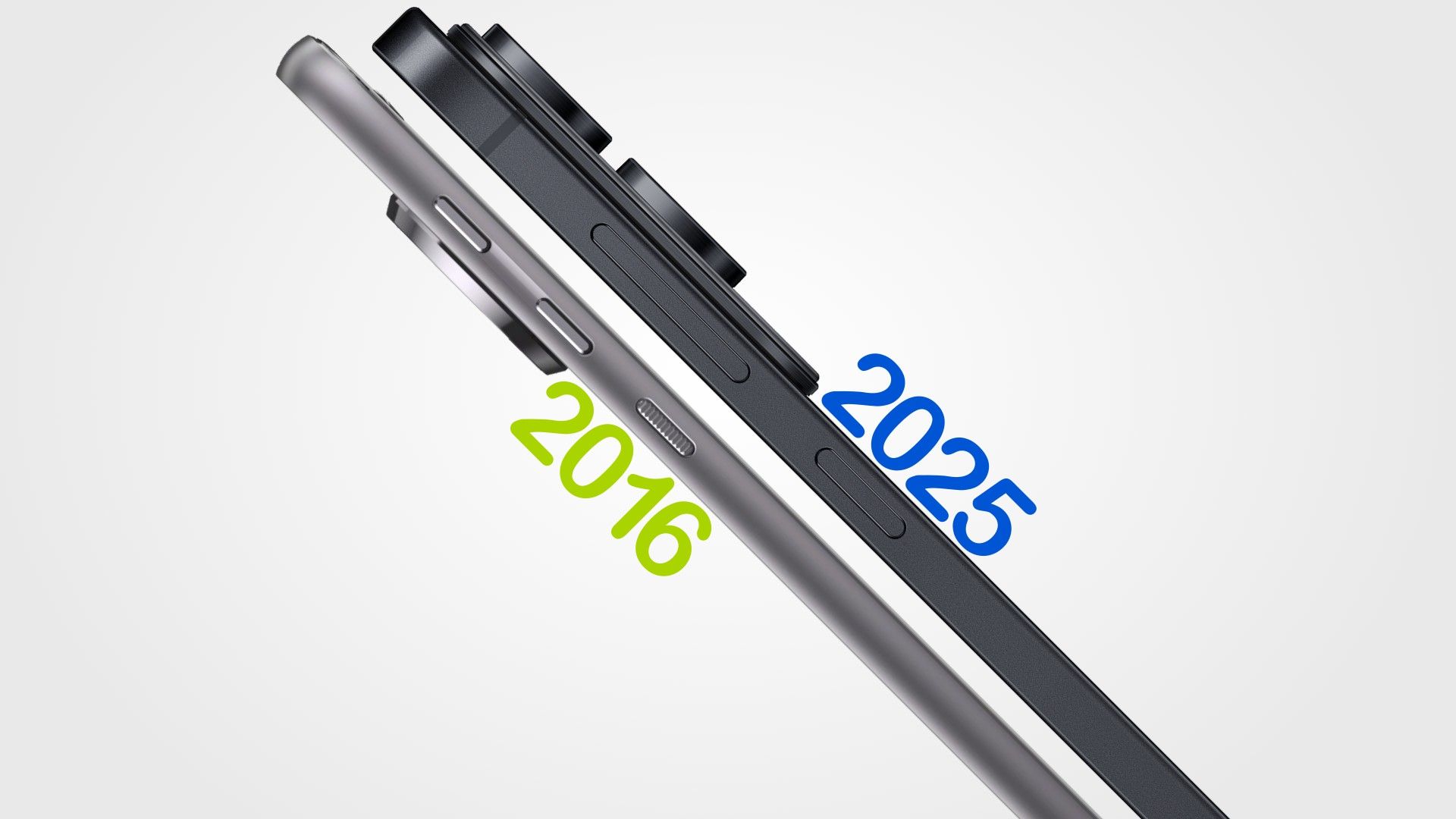
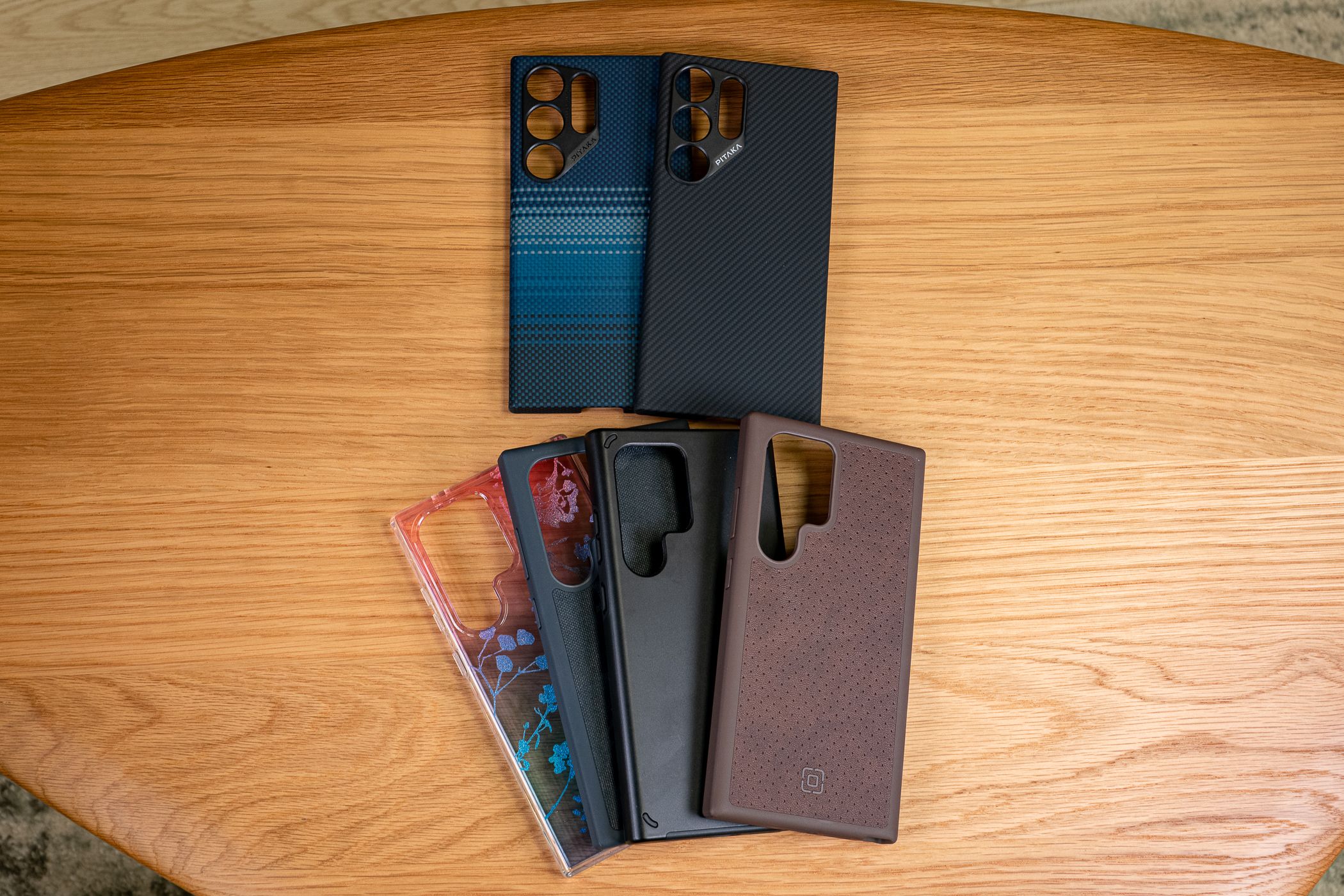
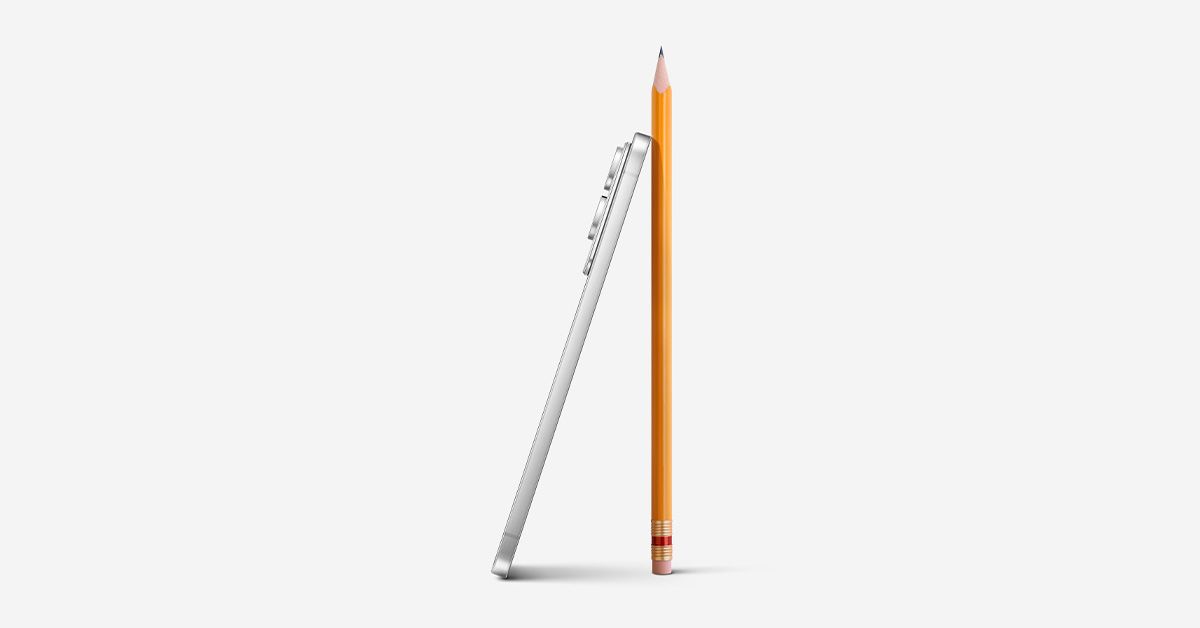





Leave a Comment
Your email address will not be published. Required fields are marked *